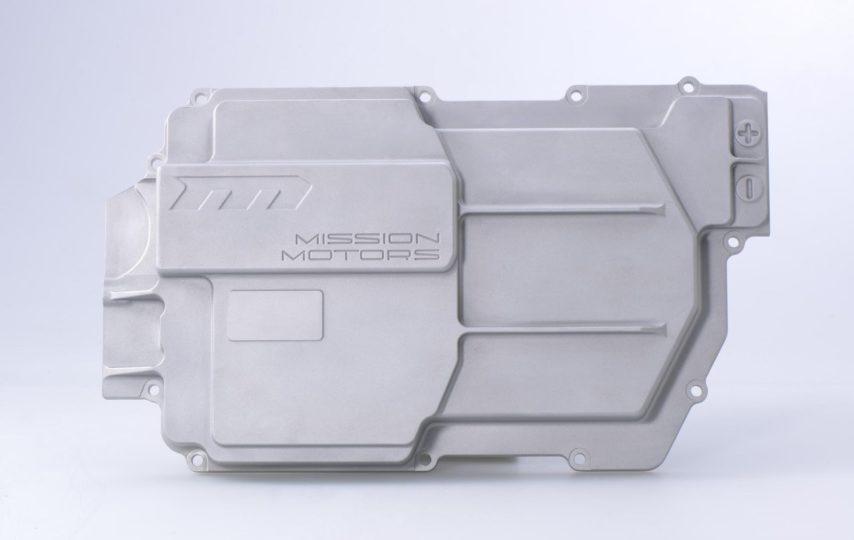In the world of rapid prototyping, those new to the industry will come across many confusing terms and phrases. As an example, you may have read about vacuum casting recently. But what does it mean? How does it work?
Through laser sintering or stereolithography, the first step is to produce a master model. From here, silicone is placed around the master version, and this creates a mould. At this stage, the vacuum process comes in because this technology avoids air bubbles in the mould. Next, it goes through the curing stage and the professional can cut the silicone mould while removing the master from underneath.
When all is done correctly, you suddenly have a silicone mould if you ever want to make copies of the master.
Applications for Vacuum Casing
When reading the introduction, some people will wonder why anybody would want a silicone mould of a master product. Well, some businesses use it for pre-launch product testing. Elsewhere, it’s useful when it comes to concept prototypes and models.
The reason that businesses and manufacturers use silicone moulding in this way is that the result is a high-quality mould. With durability and quality, companies can use them for fit and function testing. What’s more, some businesses use them as part of the marketing process.
Furthermore, you can choose between different finishing degrees. When working with an external service, you choose the finish that you need, and the service will get as close as possible. Just in case this wasn’t enough of a reason to choose vacuum casing, the process is also extremely fast compared to alternatives.
Everything to Know About Vacuum Casting
Now that you understand the basics, what else do you need to know about vacuum casting? Useful in rapid prototyping, vacuum technology is necessary to create casting without bubbles. If the vacuum technology were not included, the final casting would not have the same level of quality.
When researching this topic, you may see the process referred to as polyurethane casting or urethane casting. Either way, the technology is highly adaptable and mimics injection moulding to create high-quality parts.
If you want to produce high-quality plastic parts, vacuum casting is one of the best routes to take because of its cost-effective nature. Once completed, you can use the parts for field user testing, marketing, product design verification, and many other purposes.
In terms of materials, you’ll find a whole manner of resins available commercially. Therefore, it’s important to choose the right resin depending on your surface texture, temperature, and hardness requirements. Also, the many different materials allow for a transparent, opaque, or translucent appearance.
To fill the mould correctly, experts recommend filling it to at least 0.75mm in thickness. If possible, increase this to 1.5mm if you want even stronger results. When outsourcing this task, you can expect to receive up to 50 parts anywhere between 24 hours and a few working days.
Cons of Vacuum Casting
You’ve explored the benefits of vacuum casting in detail, but what about the potential drawbacks? Well, the first is that the soft silicone will quickly wear out. Furthermore, it also shares the same concerns as injection moulding in shrinkage. Additionally, some features will need cores and plugs while sharp corners are often rounded when using this technique (and this can be troublesome for some projects).
If you need help, contact a reliable rapid prototyping company to talk about your project and invest your money wisely. External companies have the equipment, experience, and knowledge that you need!













